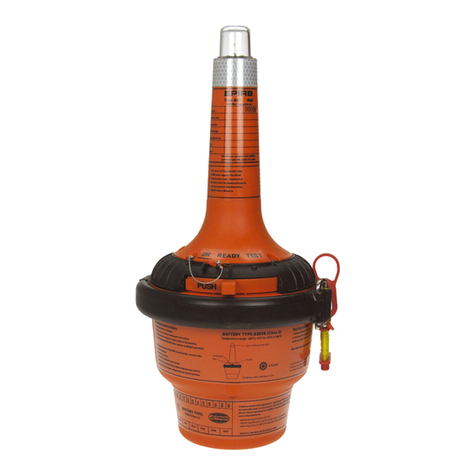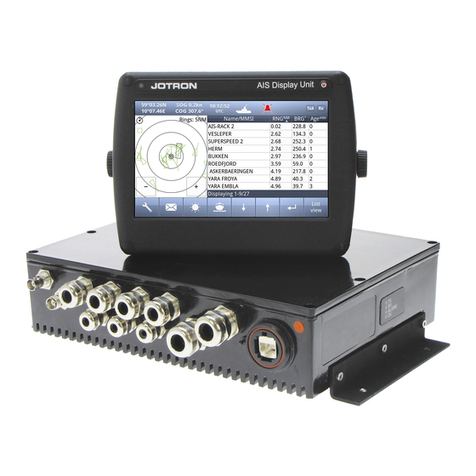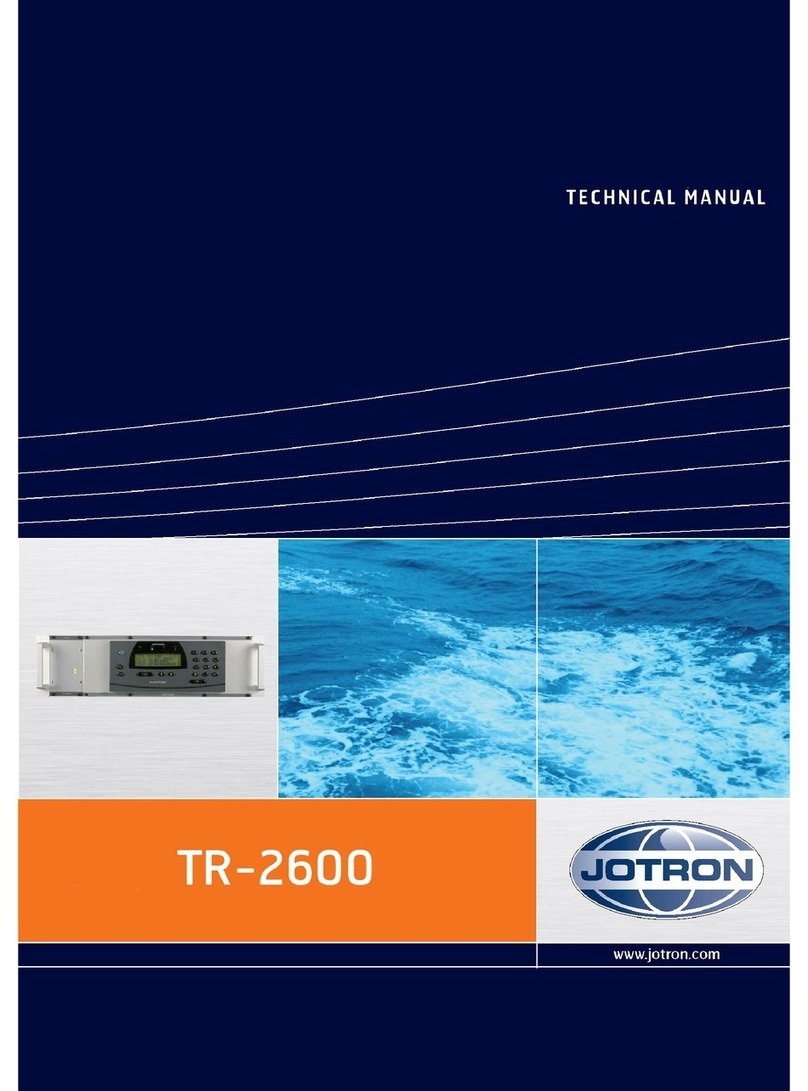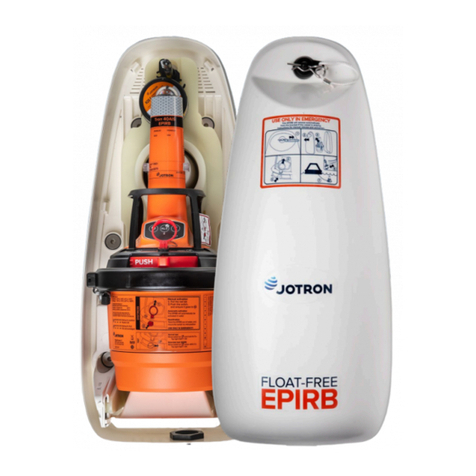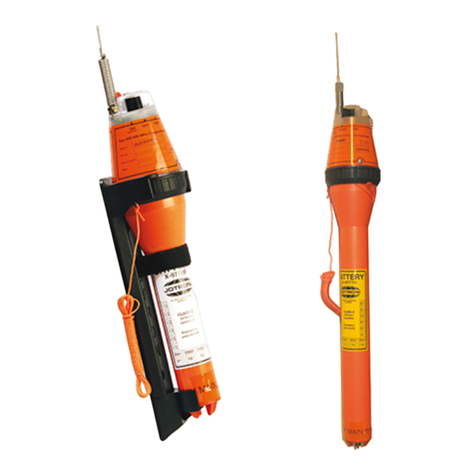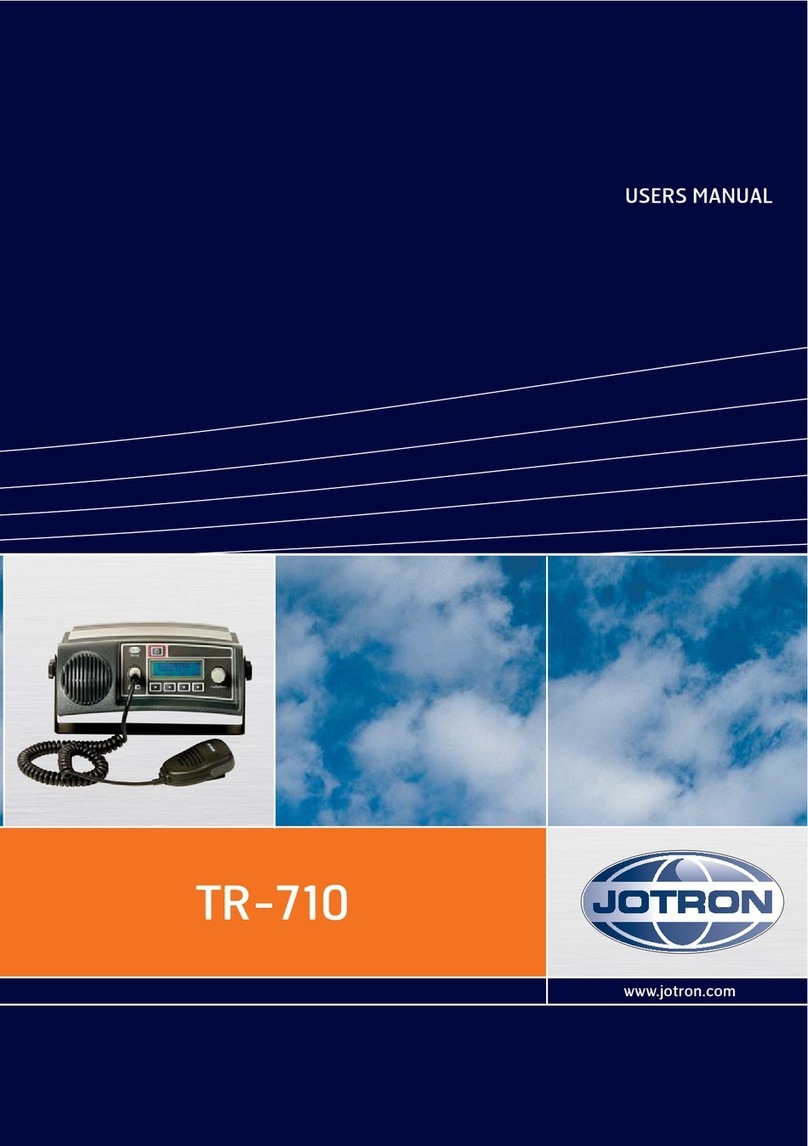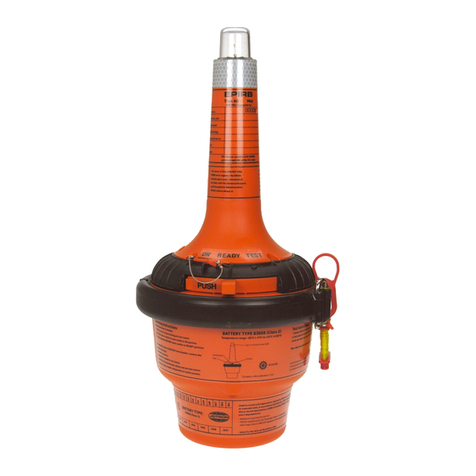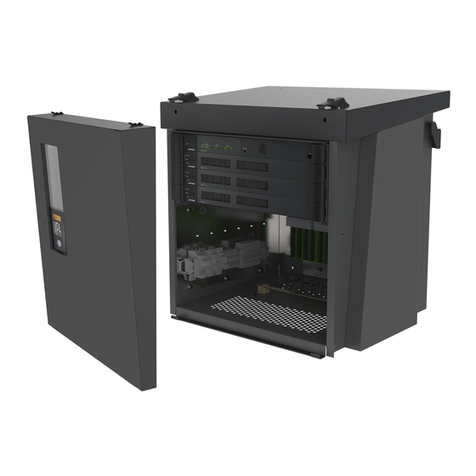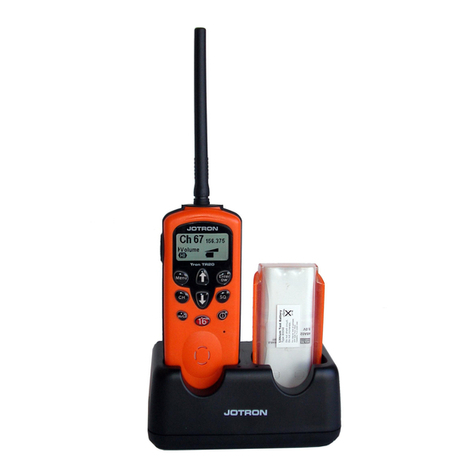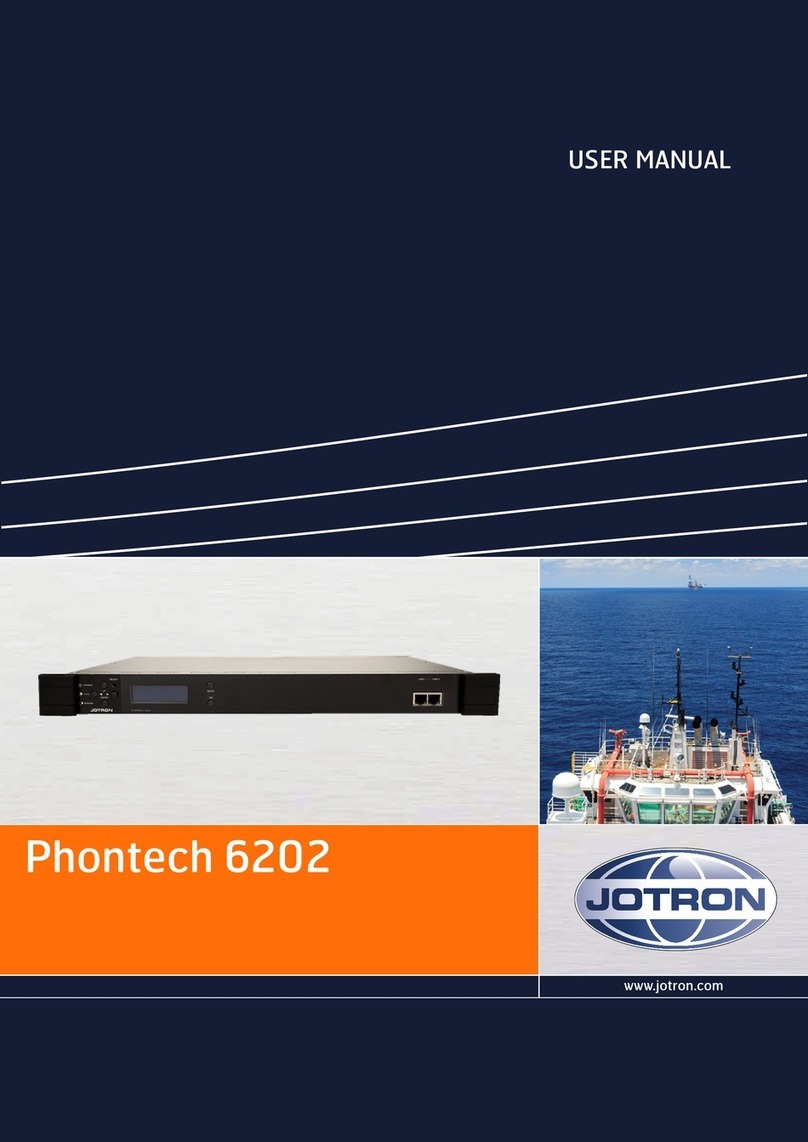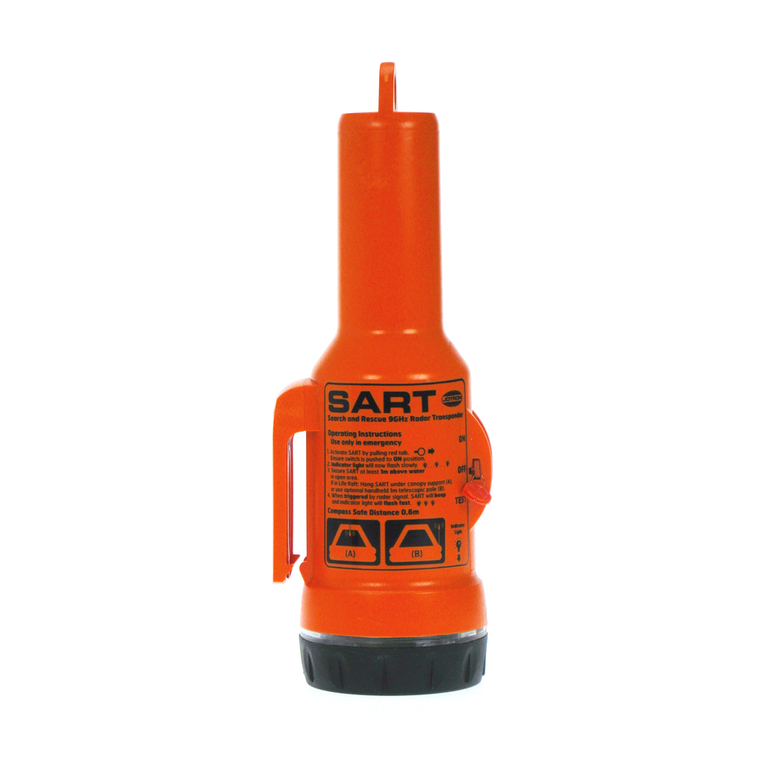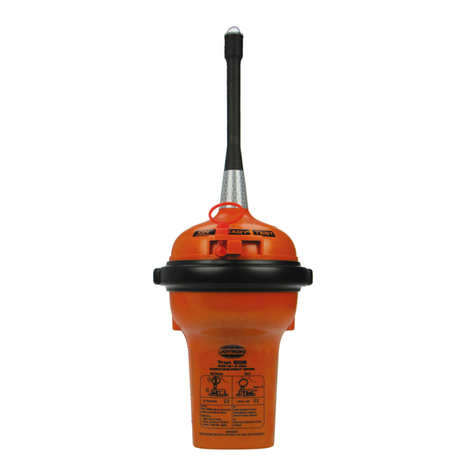82695_Op&Ins MAN_TR2600_K 9
LIST OF CONTENTS
1GENERAL.................................................................................................................................................. 1-1
1.1 Features................................................................................................................................................1-1
1.1.1 The main features are:..................................................................................................................1-1
1.2 TR-2600 description.............................................................................................................................1-2
1.2.1 Front board...................................................................................................................................1-2
1.2.2 Digital board.................................................................................................................................1-2
1.2.3 RF board.......................................................................................................................................1-2
1.2.4 Power board .................................................................................................................................1-2
1.2.5 Connector board...........................................................................................................................1-3
1.3 System overview..................................................................................................................................1-3
1.4 System standards..................................................................................................................................1-3
2SPECIFICATIONS.................................................................................................................................... 2-1
2.1 AIS Base Station ..................................................................................................................................2-1
2.1.1 Interfaces......................................................................................................................................2-1
2.2 TR-2600 transponder...........................................................................................................................2-1
2.2.1 Display/ Keyboard........................................................................................................................2-1
2.2.2 Integrated GPS .............................................................................................................................2-2
2.3 Power Supply Unit PSU-7002..............................................................................................................2-2
2.4 TDMA Transmitter ..............................................................................................................................2-3
2.5 TDMA Receivers .................................................................................................................................2-4
2.5.1 Transmission Intervals .................................................................................................................2-4
2.5.2 Load requirements as listener.......................................................................................................2-4
2.5.3 Data Transmission........................................................................................................................2-4
2.6 Power Supply Unit, Front view............................................................................................................2-5
2.6.1 Power Supply Unit Rear Connections..........................................................................................2-6
2.6.2 Description of power operation....................................................................................................2-7
3TR-2600 AIS BASE STATION CONFIGURATIONS........................................................................... 3-1
3.1 Using RS422/RS232 interface..............................................................................................................3-1
3.2 Using LAN interface............................................................................................................................3-2
3.2.1 TCP ..............................................................................................................................................3-2
3.2.2 UDP..............................................................................................................................................3-2
3.3 LAN connections .................................................................................................................................3-3
3.3.1 Every TR-2600 has it’s own BSC ................................................................................................3-3
3.3.2 One BSC controlling several TR-2600 over LAN, alternative #1................................................3-4
3.3.3 One BSC controlling several TR-2600 over LAN, alternative #2................................................3-5
3.4 Redundant system ................................................................................................................................3-6
4INSTALLATION....................................................................................................................................... 4-1
4.1 Antenna Unit........................................................................................................................................4-1
4.1.1 GPS antenna location ...................................................................................................................4-1
4.1.2 VHF antenna location...................................................................................................................4-1
4.2 Cabling.................................................................................................................................................4-4
4.2.1 Cable installation..........................................................................................................................4-5
4.3 Transponder unit ..................................................................................................................................4-5
5OPERATION ............................................................................................................................................. 5-1
5.1 Connecting power ................................................................................................................................5-1
5.2 Description of keys ..............................................................................................................................5-2
5.3 First configuration of TR-2600 transponder.........................................................................................5-3
5.3.1 RS422 configuration ....................................................................................................................5-3
5.3.2 LAN configuration.......................................................................................................................5-3
5.4 TR-2600 Transponder Menus ..............................................................................................................5-6
5.4.1 Menu Flowchart ...........................................................................................................................5-6
5.5 TR-2600 Transponder, Readout and Configuration.............................................................................5-7
5.5.1 Display received vessels...............................................................................................................5-7
5.5.2 Current Sensors / Dynamic Data menu ........................................................................................5-8
5.5.3 Internal GPS Menu.......................................................................................................................5-8
5.5.4 Messages Menu............................................................................................................................5-9
